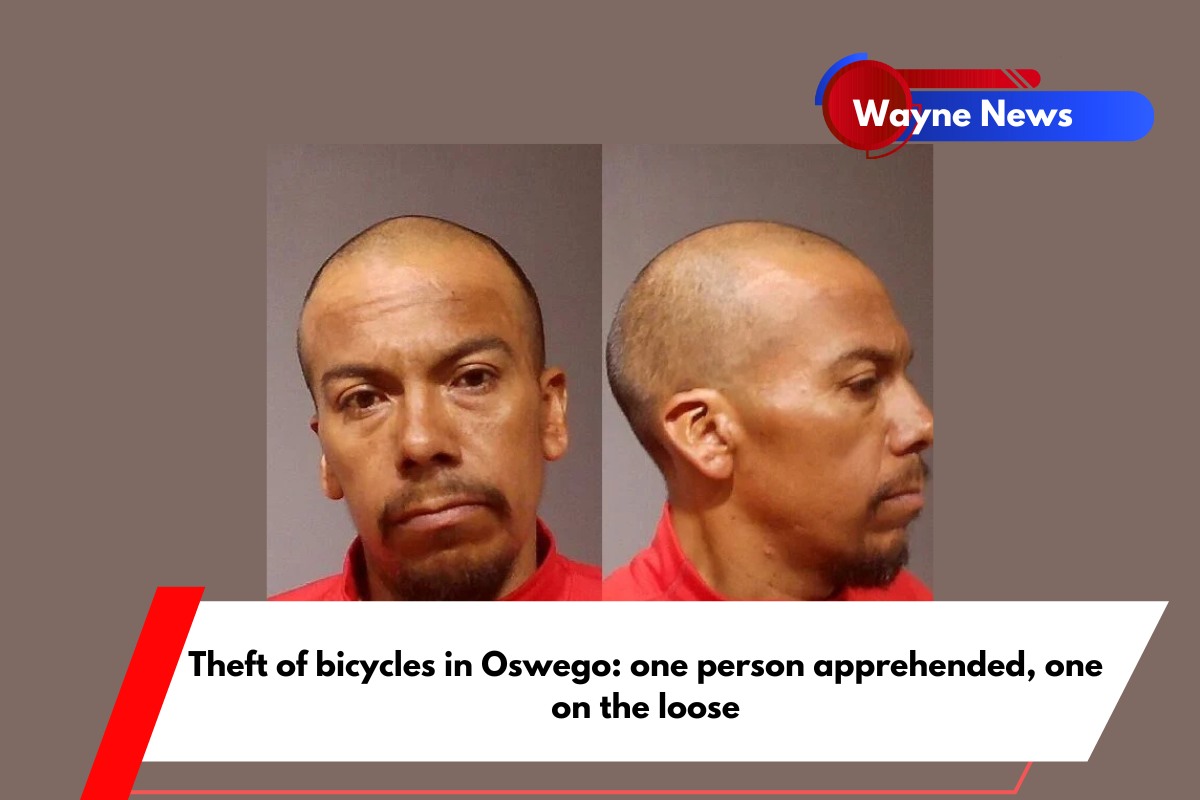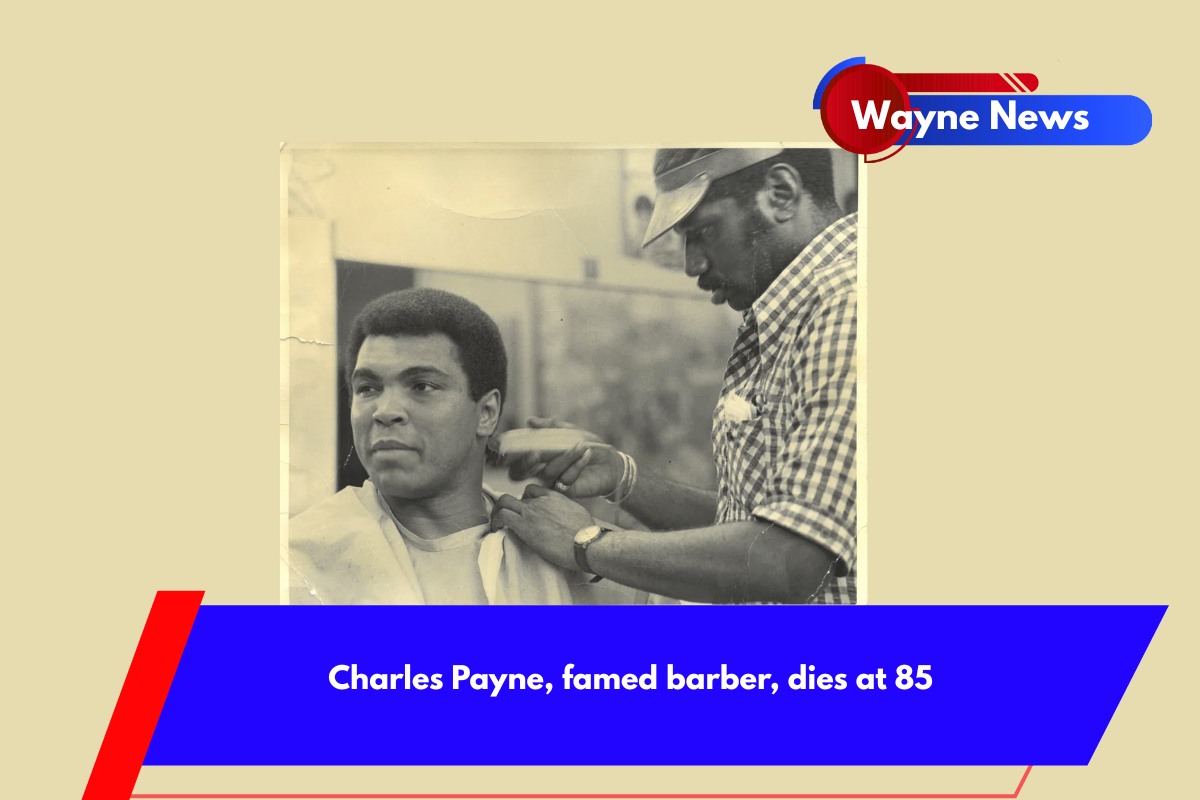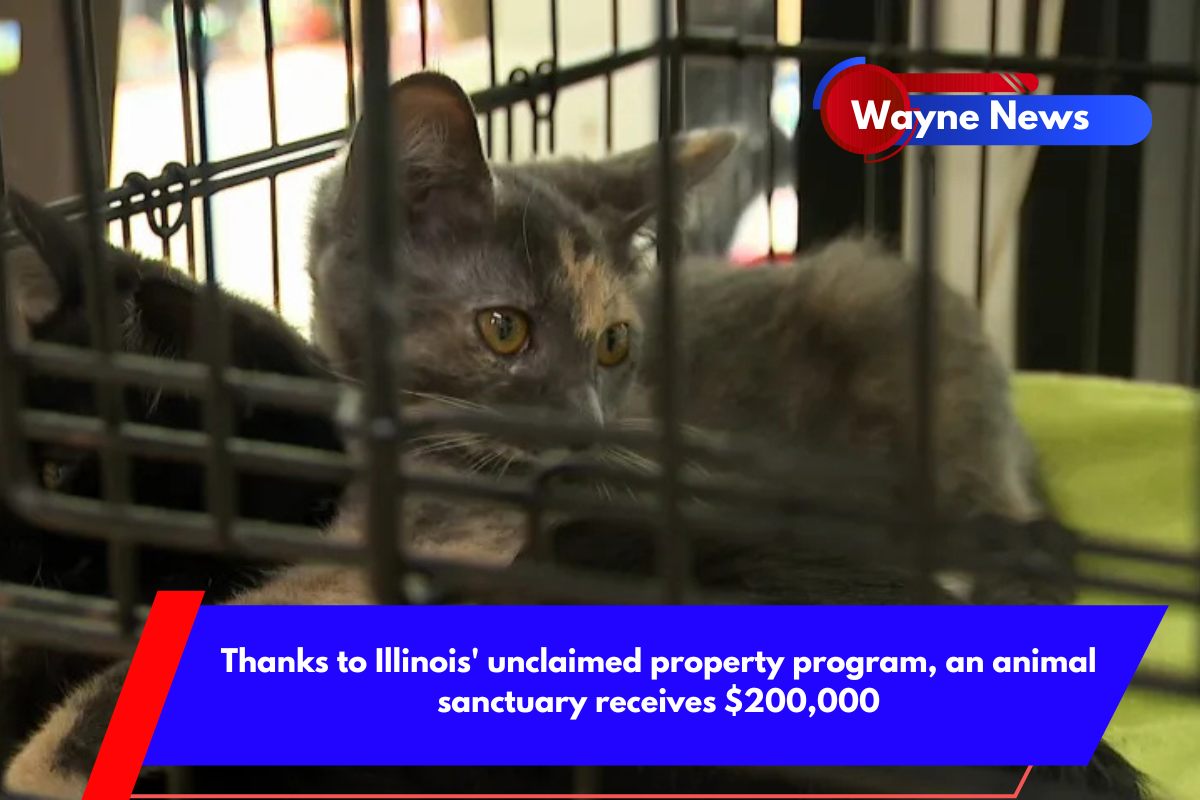Wayne County, Illinois—like many rural counties across America—is at a crossroads. Nestled in the heart of Southern Illinois, it’s a place known for its tight-knit communities, open skies, and a pace of life that many find comforting. But as the decades roll on, more families are making the difficult decision to leave, while others choose to stay and fight for their way of life.
So, what’s really happening in Wayne County? And why are residents making such different choices about its future?
The Pull of Opportunity Elsewhere
For many who are leaving, the story begins with opportunity—or the lack thereof. Jobs in Wayne County have steadily declined with the fall of manufacturing and coal, industries that once sustained local families for generations. Young adults often find themselves without career paths that match their education or ambitions.
“I graduated from high school here, but I knew I had to leave if I wanted to make something of myself,” says Amber Miller, 27, who now lives in St. Louis. “There just weren’t enough jobs that paid more than minimum wage.”
In fact, data from the U.S. Census Bureau shows that Wayne County has seen a population decline of nearly 10% in the last decade, a trend that echoes across many rural counties. Outmigration is particularly high among people under 35.
Staying for Family, Land, and Heritage
Still, not everyone is packing up. For many residents, Wayne County is more than just a location—it’s home in the truest sense.
“I’ve got four generations buried in the local cemetery. My roots run deep here,” says Don Whitaker, 63, a farmer who has lived in Wayne County his entire life. “We might not have big malls or tech companies, but we’ve got each other.”
Others stay because they see value in the slower pace of life, the safety of rural living, and the ability to raise children in a community where everyone knows their name.
“My kids can play in the yard without me worrying. That’s worth more than a big salary in the city,” says Jessica Gordon, a stay-at-home mom who moved back after a few years away.
Local Efforts to Revitalize
Despite the challenges, there are ongoing efforts to breathe new life into the area. Community leaders are focusing on small business development, tourism, and remote work infrastructure. Towns like Fairfield are investing in high-speed internet and co-working spaces to attract freelancers and remote employees.
There’s also a push to highlight Wayne County’s natural beauty and history. Local festivals, hiking trails, and bed-and-breakfasts are part of a broader campaign to attract visitors—and possibly new residents.
“Rural doesn’t have to mean forgotten,” says Mayor Cindy Nash of Fairfield. “We’re building a future here, even if it looks different from what it used to be.”
Divided Futures
Wayne County’s story is far from over. For every family that leaves in search of better opportunities, there’s another determined to stay and shape the future from within. The county’s future may lie in balancing both realities—honoring its rich heritage while adapting to the modern world.
One thing is clear: Wayne County continues to be a place of resilience, with a community of people deeply connected to the land and to one another.
Whether they’re leaving or staying, the people of Wayne County share something powerful—a love for home that never fades.













